Myanmar Then & Now: 2000 and 2013
When I traveled through Myanmar for one month back in 2000, I was so awestruck by the country that it quickly snapped to the top of my ‘return to …’ list. Visiting Myanmar was like stepping completely out of the modern world and falling into a different century.
Many places like Yangon, the capital city, and Bagan, Myanmar’s most famous destination, felt like living inside a movie set in the 1800s, before the advent of motorized vehicles and electricity. The astounding experience stayed with me for over a decade, while I continued yearning to feel those unusual sensations all over again.
I recently finally fulfilled my long-standing travel wish and excitedly returned to Myanmar. The result of that trip was not at all what I’d hoped and expected. And it certainly cured me of any desire to return ever again.
Myanmar is no longer the ‘out of this world’ experience it used to be. The modern world, in many ways, has finally invaded Myanmar, leaving it very much like any other SE Asian country – full of traffic, modern electronic gadgets and noise – and stripping it of its ‘land lost in time’ quality.
Reflecting on what, exactly, has caused this tremendous change in Myanmar, I’ve concluded that it boils down to two major factors: motorized vehicles and improved electricity.
The impact of motorized vehicles
Back in 2000 very few Burmese citizens owned motorbikes and almost nobody owned a private car. At first glance that might not seem to be a very significant fact. However, the implications are enormous.
Back then, when almost nobody owned a motorbike or car, everyone got around by either walking, riding a bicycle, taking a horse n buggy, driving an oxen cart or, in some places, taking a public bus. The whole country was exceedingly quiet. There was almost no traffic noise anywhere. Just the occasional passing bus, cargo truck or taxi broke the serene silence.
Even Yangon, Myanmar’s capital city, was quiet. Wandering up & down the narrow streets lined by long rows of colonial buildings, barely any motorized vehicles marred the quiet, peaceful roads. People walked to shops to buy supplies, or to tea shops to sit & chat and to small locally-owned restaurants to eat a meal.
Nowadays all Yangon’s roads are literally crammed with cars.
Bagan in 2000 especially felt like living inside a movie set in the 1800s. There were no cars or motorbikes on the rural roads of Bagan. Only the once or twice daily long-distance buses passing through the area created any motorized traffic sound.
Most of the time Bagan’s roads were empty, save for people walking or bicycling. Horse & buggies plodded along the roads, serving as local taxis. Bagan was supremely quiet.
The lack of traffic also created a more relaxed, slower sense of time, a slower pace of daily life. Nothing fast existed. The fastest things in that world were bicycles and horses.
Traveling through a country where everyone was walking, cycling or using animal transport was a jolting, wonderfully serene experience.
Fast forward to 2013
Nowadays in Myanmar motorcycles are everywhere, zooming about every city and town street, aside from Yangon where they are banned. Instead, Yangon is now packed with cars.
Even the supposedly ‘remote’ or ‘lazy country towns’, such at those in the northeastern Shan State and towns located days up the Ayerarwady River from Mandalay, are now all very noisy bustling market towns full of motorbikes, cargo trucks and buses.
If I had to guess, I’d say that a higher percentage of the population in those little towns own motorbikes than in Mandalay, the country’s 2nd largest city. Myanmar’s small towns are just as noisy and traffic ridden as the country’s large cities, perhaps louder.
The spread of electricity
As for a lack of electricity back in 2000, don’t let me be misunderstood. There was electricity in Myanmar in 2000. There were even a few internet shops in Yangon. But at night, there were no street lights. And that created another astounding, out of this world, atmosphere & experience. Even in Yangon, the capital, the streets were dark at night. Street vendors lined the sidewalks, illuminating their stalls by candle light or oil lamps. Wow, what ambiance!
In Bagan, the few restaurants that existed back in 2000 illuminated their tables with candles and their restaurant walls with oil lamps. It was amazingly romantic and serene. No guest houses or hotels had refrigerators, TVs or other noisy electrical appliances.
Sadly, I have no photos from that magical era.
Nowadays, like everywhere else in the world, street lights and shops windows illuminate the nights. Street vendors have given up using candles and lanterns. Yangon’s once uncluttered side streets are now densely packed with a jumble of electric wires, neon signs and satellite dishes. Yangon’s streets looks more like a Hong Kong ghetto than the quaint colonial roads from a by-gone era. Guest houses, hotels and restaurants use glaring electric lights instead of soft, romantic candle light. It’s just the same ole modern world here in Myanmar too.
Myanmar has modernized in many other ways as well. However, the arrival of home appliances, mobile phones, ATMs and internet access has not really negatively impacted the Myanmar experience to any extent, aside from the occasional TV blaring in some guest houses and hotels. Overall, the arrival of modern ‘gadgets’ has, if anything, improved the travel experience for western visitors.
The huge difference between the Myanmar experience then & now is due almost entirely to the coming of mass motorized traffic and improved electrical lighting.
As far as I saw during my 2013 visit, the serene, blissful Myanmar of 2000 has been already lost, swallowed up by the arrival of motorized vehicles… and the local population’s apparently improved financial standing which has allowed more and more Burmese to own their own motorbikes, cars, TVs and other gadgets.
I won’t go so far as to say that Myanmar is not worth visiting. It still has its amazing ‘must see’ sights, including Schwedagon Pagoda and Bagan. Much of Myanmar’s traditional culture and customs still co-exist alongside the roaring traffic, internet shops, mobile phones and LCD TVs. You’ll still come across people pulling carts of cargo by hand, delicious traditional Burmese food and tea shops. You’ll still see stunning scenery and amazing sights at Burmese markets.
So by all means, go check out Myanmar. If you haven’t been before you won’t even know what you missed a decade ago.
I can only say that I’m exceedingly grateful I visited Myanmar back in 2000 when it was truly a step back into time and a step out of the real modern world.
——————————————————————————————————————————–
Here are some other posts you may find useful:
2013 Guide to Arriving in Mandalay
Travel in Myanmar 2013 – Update
Downsides of Traveling Through Myanmar
My Favorite Experiences in Myanmar
——————————————————————————————————————————–








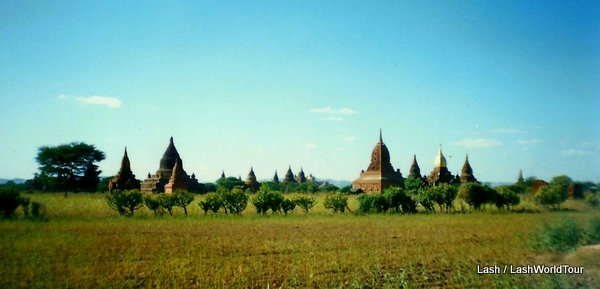

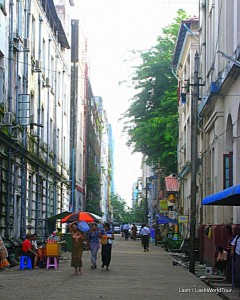
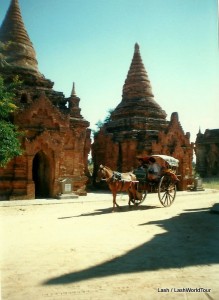
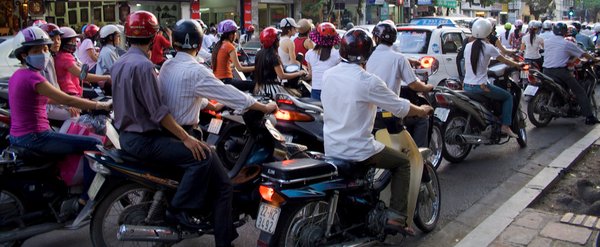
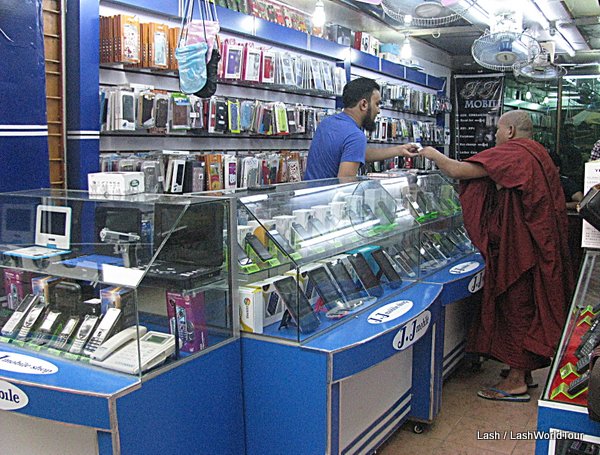


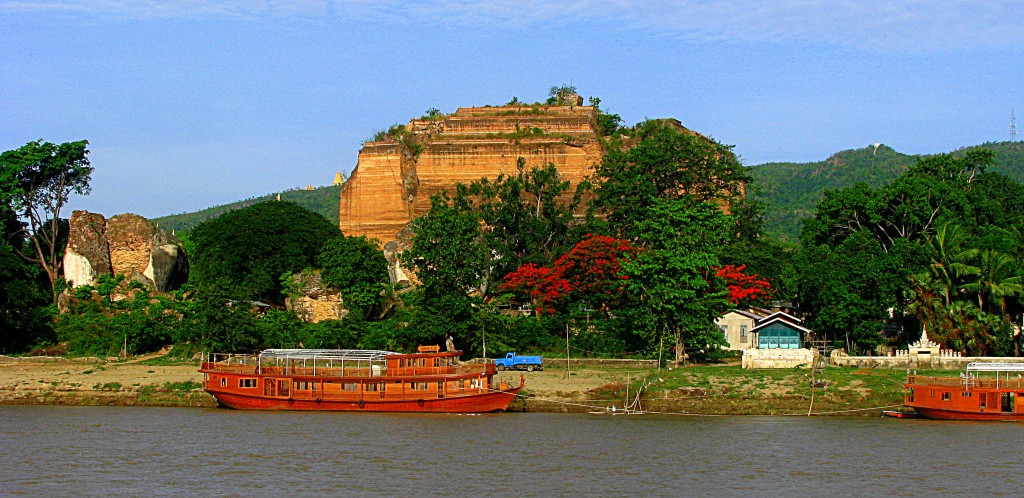
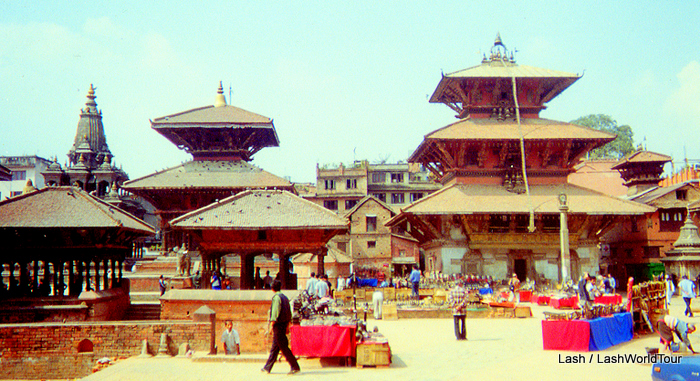

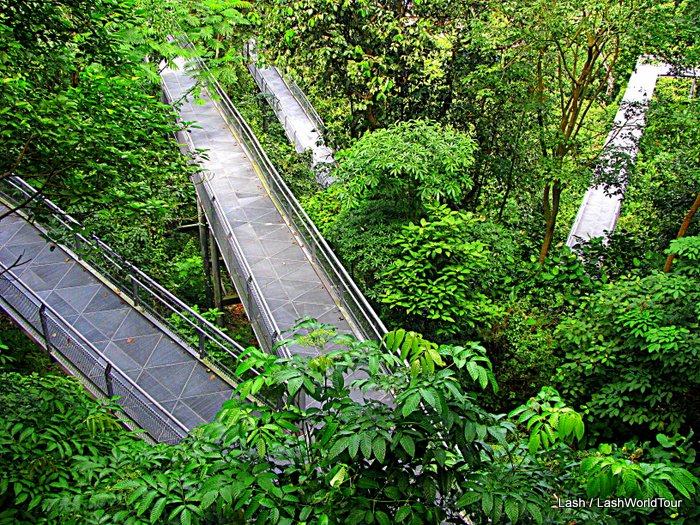
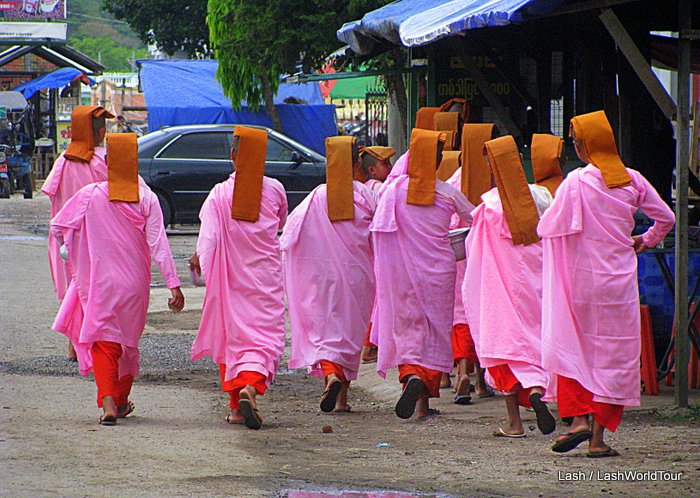

 Hi! I'm Lash, an American nomadic world traveler who's been traveling solo since 1998. I’m passionate about traveling the world nomadically and then sharing it all with you. I hope to inspire you to travel the world, to entertain you with tales from the road, and to help you reach your travel dreams. Welcome!
Hi! I'm Lash, an American nomadic world traveler who's been traveling solo since 1998. I’m passionate about traveling the world nomadically and then sharing it all with you. I hope to inspire you to travel the world, to entertain you with tales from the road, and to help you reach your travel dreams. Welcome! 




9 pings
Skip to comment form ↓
Great Reasons to Visit Myanmar - LashWorldTour » LashWorldTour
2013/06/26 at 10:40 am (UTC 8) Link to this comment
[…] Myanmar Now & Then: 2001 and 2013 […]